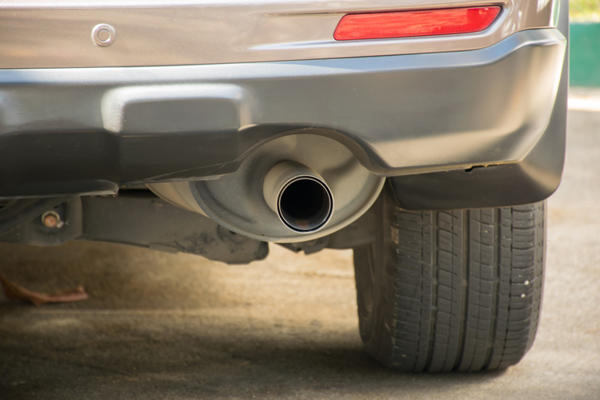For the brave men and women who have been to war and back, loud and thunderous noises can be more than a nuisance—they can cause serious distress. As a veteran, you may be particularly sensitive about keeping your car quiet. Luxury car manufacturers take great pride in measuring the amount of decibel reduction in their expensive products. But you don’t have to drive a fancy car – with a few simple changes you can make your noisy ride a more peaceful one.
Check that Major Systems Are Functioning Properly
The best way to reduce the noise inside the cabin of your car is to go straight to the source. The exhaust system, engine, suspension system and even tires are all common sources of car noise. If you’re hearing a grinding, clunking, scraping, squealing or rattling noise when starting or driving your car, something is likely not functioning correctly. Bring your car to the mechanic to have it assessed. Be sure to have the oil and other fluids changed regularly, check tire pressure and perform regular maintenance to avoid these noisy malfunctions.
Check that Sound-Reducing Car Parts Are in Place
Even when a car is working at its best, a certain level of noise from the engine and wind do make it into the car’s cabin. In most cars, factory-installed sound reduction devices are in place. Make sure they are functioning as intended.
On the underside of the hood, car manufacturers install a flame-retardant pad to suppress engine heat that also does an excellent job at reducing engine noise. These thick pads are often made from several different layers of material. This hybrid construction does a remarkable job of absorbing sound before it enters the cabin. But over time, the plastic retainers that hold the hood liner in place can deteriorate and allow it to hang down. In some cases, used car lots or dealerships will remove the pad instead of repairing or replacing it, so check that yours is in place and working properly.
Another item on the front line of noise reduction is the rubber window and door seals. They seal the glass itself to the door with weatherstripping. On top of that the door is sealed to the body with rubber moldings. When these weatherstrips become misaligned, damaged or rotted, they leak. Not only do they leak air and water, but also noise. Inspect all the factory-installed rubber components designed to keep the sound out and repair any problems before making additional modifications.
Add Automotive Sound-Deadening Insulation
One of the major differences between an expensive luxury automobile and a baseline economy car is the amount of specialized sound-deadening insulation installed. But driving an economy car doesn’t mean you’re stuck with the noise: The aftermarket industry has created self-adhesive dampening materials to rival those luxury cars.
Companies such as Dynamat and B-Quiet manufacture and supply superior sound-reducing materials specifically for automotive applications. These products actually absorb the sound waves created by the wind outside as well as from the engine and exhaust systems. Both companies supply vehicle-specific custom kits. This means all the pieces are cut to size and meant to fit your particular automobile.
The floor, firewall and door cavities are the three main areas to install the sound-wave absorbing pads, and installing the sound mats to these areas should result in a great improvement in decibel reduction. For additional results, you can add the sound mats to the headliner (interior of the roof) as well as the trunk.
There’s some work required in gaining access to these areas. Removing the door panels and carpeting will require some do-it-yourself skills, but they’re likely within the skill set of retired military personnel. The front and rear seats are bolted to the floor, and removal might require referring to the owners or service manual. The door panel is often held on by plastic clips and hidden screws. This makes the entire operation possible with just a few common hand tools.
Get peace and quiet, and peace of mind, with these simple steps to quiet your ride.
About Mark Gittleman
Mark Gittelman spent his career as a ASE master technician. As a writer for CARFAX, he shares his most helpful car advice with active service members, veterans and civilians alike.










